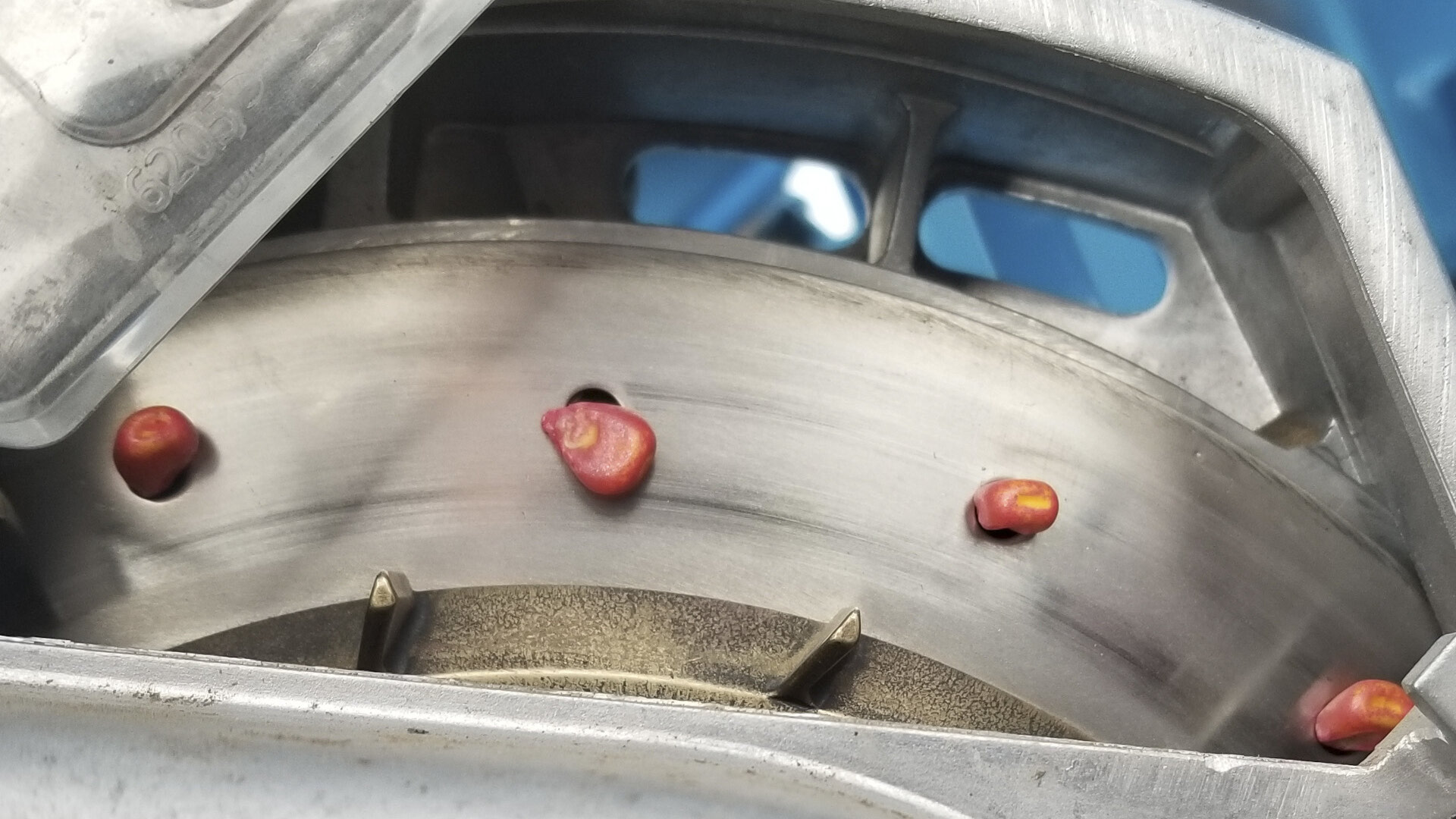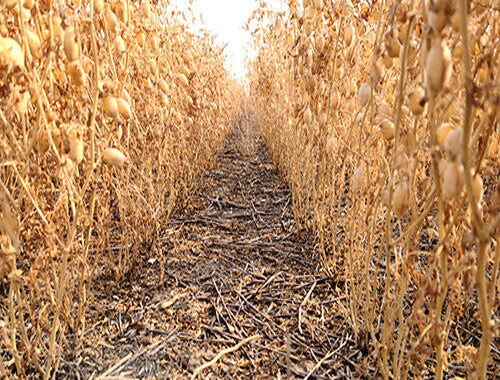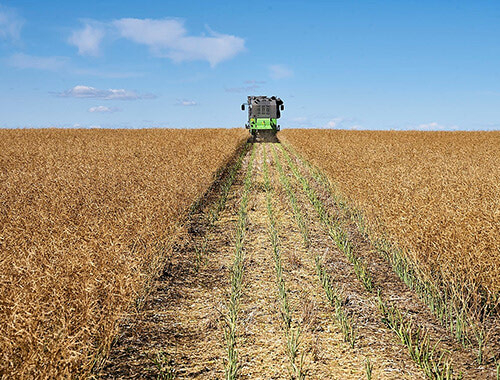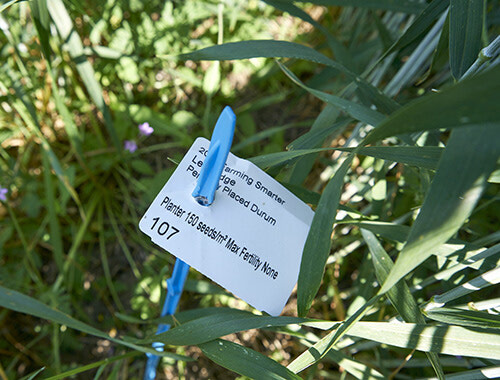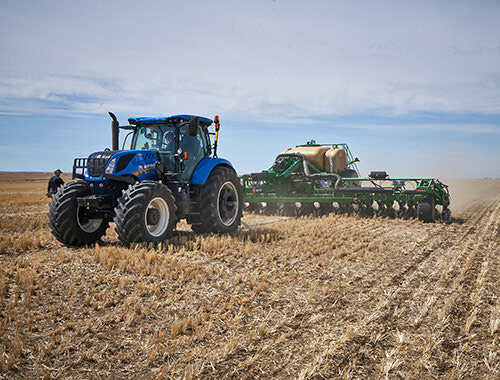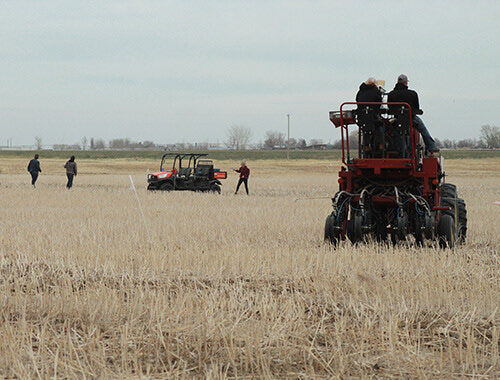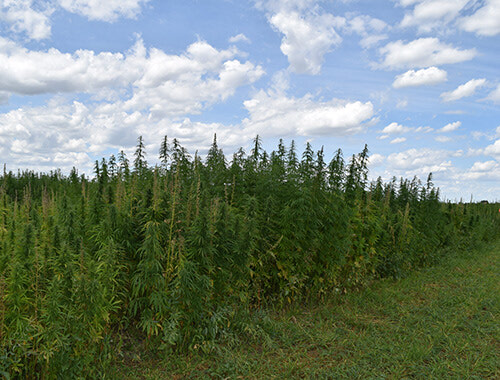Results
The overarching objective of the research projects described below is to facilitate adoption of precision planter for seeding of various crops including pulses, corn, hemp, and canola, and evaluating agronomic practices suitable for precision-planted crops. This report presents project results from data collected from multiple sites during years 2019 and 2020.
Precision Pulses
Data for six site-years has been collected and analyzed for this study. Precision planters led to a significant increase in emergence for chickpeas, faba beans and field peas (Figure 1), and seed yield for field peas and chickpeas (Figure 2). For lentils, yield was higher for precision planter compared to air drill, but the difference was not statistically significant (p = 0.08). Pulse crops generally showed higher yield at normal seed rates compared to lower seed rates (Figure 3). The interaction between seeder type and seeding rate for affecting seed yield was not found to be statistically significant at p < 0.05 for any crop, thus indicating that application of precision planters does not reduce the optimum seeding rate required for maximizing yield for these crops.
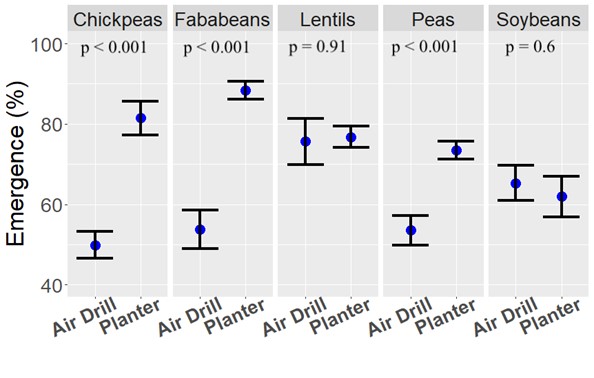
|
| Figure 1: Crop emergence (%) for different pulse crops seeded with air drill and precision planter. Bars show standard error. |
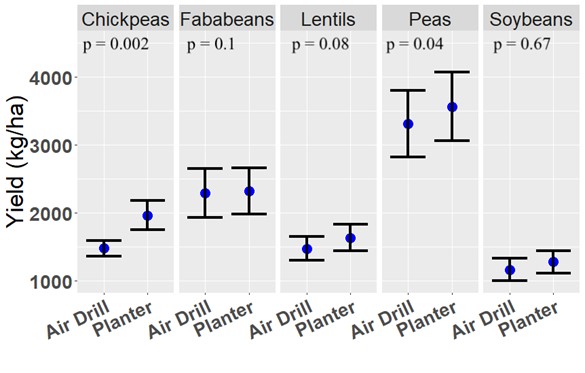
|
| Figure 2: Yield of different pulse crops seeded with air drill and precision planter. Bars show standard error. |
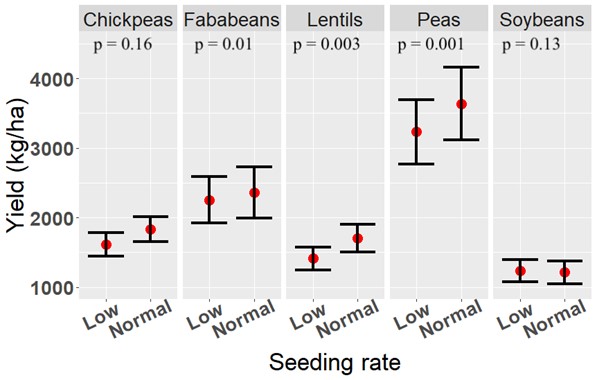
|
| Figure 3: Yield of different pulse crops seeded at low and normal seeding rates. Bars show standard error. |
Precision Durum
Data for six site-years was collected during 2019-2020. All the treatments led to statistically significant increase in wheat yield, with higher yield observed for precision planter compared to air drill (Figure 4a), at higher seeding rate (Figure 4b), higher fertilizer rates (Figure 4c) and with the application of PGR & fungicide (Figure 4d). However, interaction between different treatments was not found to be statistically significant at p < 0.05, thus indicating that all treatments are affecting wheat yield independent of each other. PGR application was observed to be effective at limiting vegetative growth indicated by reduced plant height for these treatments (Figure 5).
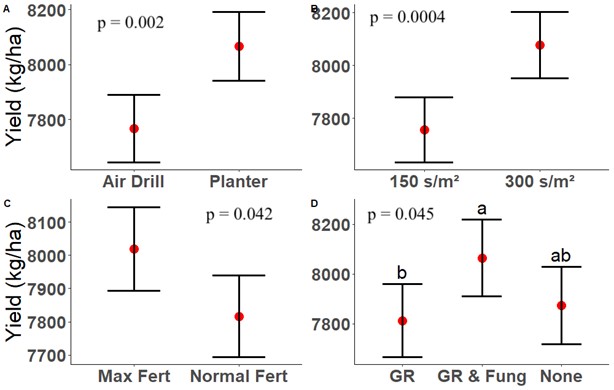
|
| Figure 4: Effect of (a) seeder type, (b) seeding rate, (c) fertilization rate, and (d) application of PGR and fungicides on durum wheat yield. Bars represent standard error. |
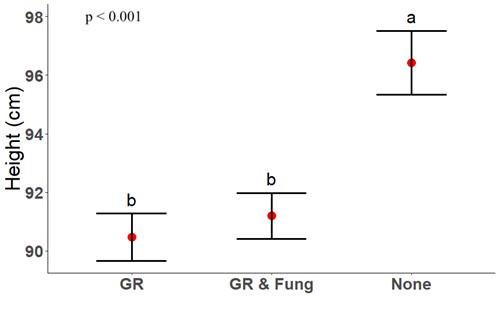
|
| Figure 5: Effect of application of PGR and fungicides on plant height in durum wheat. Bars represent standard error. |
Precision Hemp
Two separate studies were conducted under this project at Lethbridge for years 2019 and 2020. In the first study, effect of seeding hemp with precision planter and air drill at two different seeding rates (125 and 250 seeds m-2) was evaluated. While there was a trend of higher hemp yield for precision planter (Figure 6a) and at higher seeding rate (Figure 6b), these trends were not statistically significant. The interaction between seeder type and seeding rate was also found to statistically non-significant (p = 0.1). For the second study, effect of application method and rate of liquid phosphorus fertilizer on precision-planted hemp was tested. Treatments included seed application of P at 0, 5, 10, 20, 40, and 60 kg ha-1 rates, seed application @ 10 kg ha-1 + dribble banding @ 10 kg ha-1, and seed application @ 10 kg ha-1 + dribble banding @ 50 kg ha-1. While crop emergence was lower at P application rate of 60 kg ha-1, the difference was not statistically significant (Figure 7). Similarly, no statistically significant difference in hemp yield for different fertilizer treatments was observed (Figure 8).
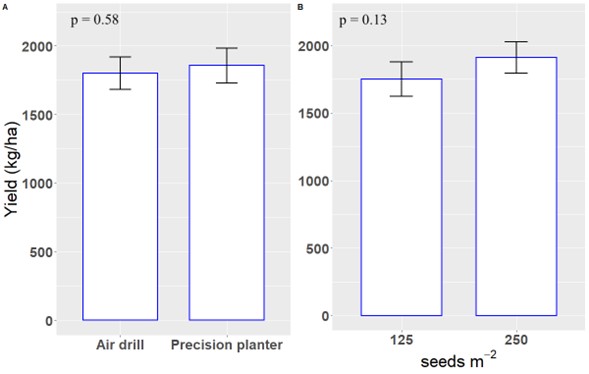
|
| Figure 6: Effect of seeder type and seeding rate on hemp yield. Bars represent standard error. |
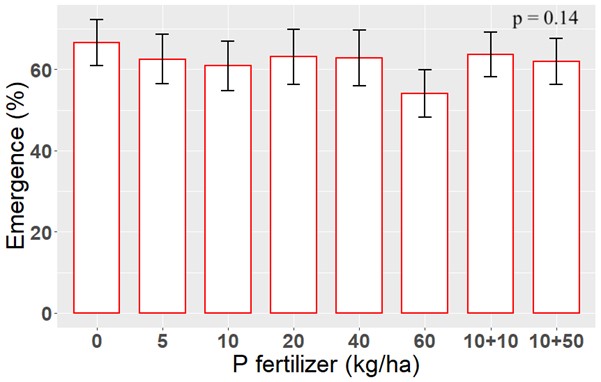
|
| Figure 7: Effect of application method and rate of phosphorus fertilizer on hemp emergence. Bars represent standard error. |
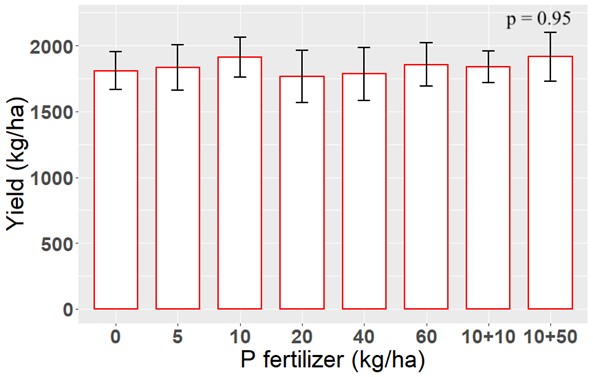
|
| Figure 8: Effect of application method and rate of phosphorus fertilizer on hemp yield. Bars represent standard error. |
Precision Corn
This study evaluated the effect of agronomic practices including seeding time (extra early [April 15th], early [May 1st], and standard [May 15th]), and tillage practice (strip till and no till), and varieties (low and high CHU) on growth and yield of precision planted corn. Due to logistical and environmental constraints, trials in 2019 had to be terminated. Thus, only two site years of data from 2020 is available. To obtain necessary 6 site years of data for the study, additional sites will be added in the year 2021. Strip-tilled corn recorded higher yield compared to no-till corn at both sites (Figure 9a). Higher yield was also observed for early and extra early seeding timing compared to standard timing (Figure 9b). At Lethbridge, high CHU variety had higher yield compared to low CHU variety (Figure 9c).
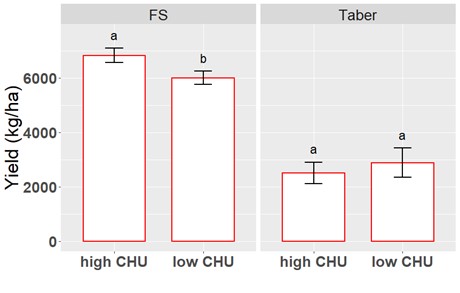
|
| Figure 9: Effect of (a) tillage practices, (b) seeding time, and (c) varieties with different CHUs on precision planted corn. Bars represent standard error. |
Precision Canola (Field Tested)
This field-tested study seeks to evaluate the applicability of findings from small plot precision planter research program in real-world field conditions, thus fostering their adoption. In 2020, three field trials were completed for evaluating the performance of narrow row (15") precision planters compared to air seeders. Precision planters used in trials were manufactured by Monosem, John Deere and Horsch. The trials were located across southern Alberta in both irrigated and rainfed fields. The statistical analysis of data is under progress; however, preliminary analysis shows trends for higher crop emergence and canopy closure metrics for the precision planter compared to air seeder.
|

